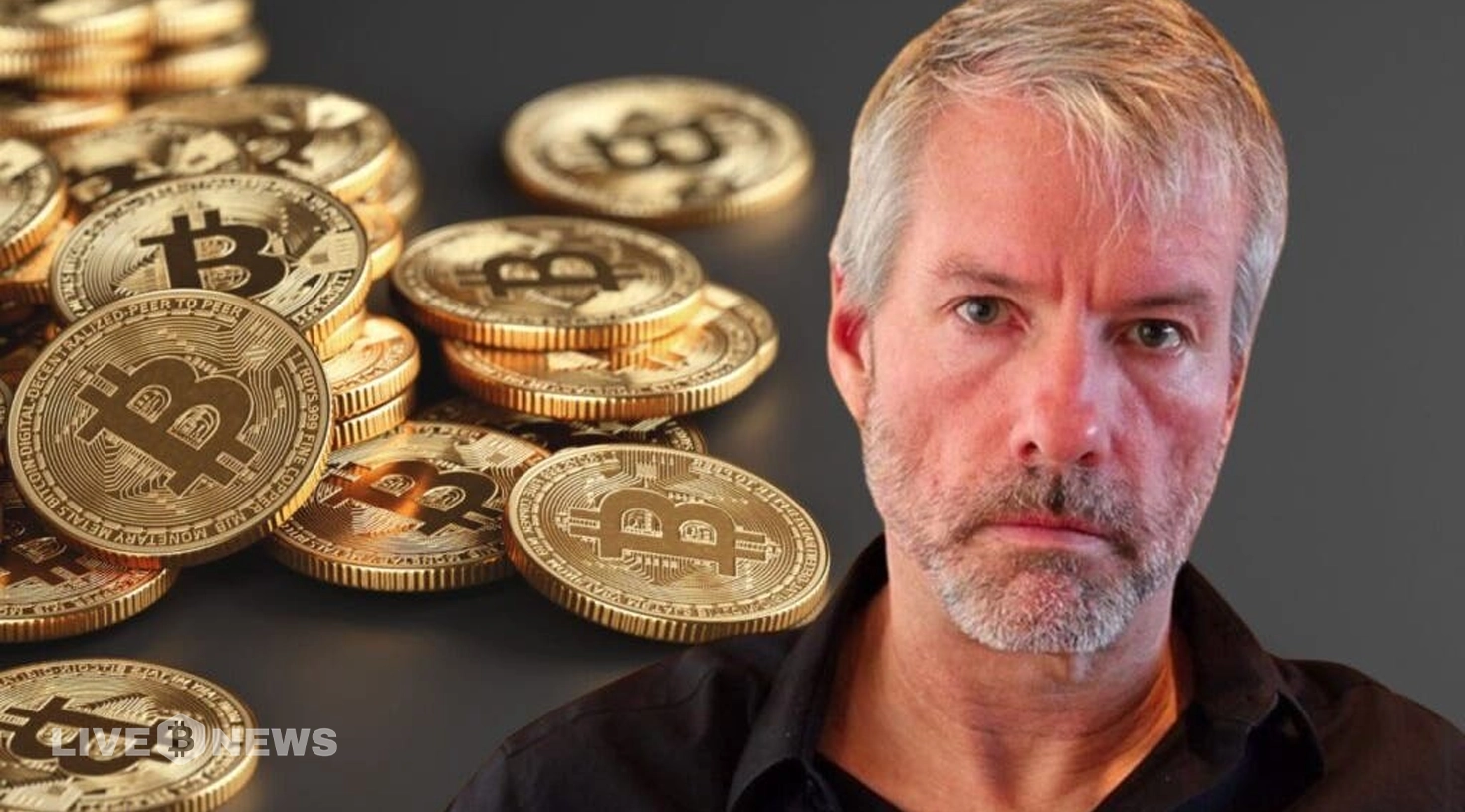SanDisk has joined the S&P 500 after strong AI-driven growth. Strategy missed out again because of earnings volatility linked to Bitcoin.
Strategy continues to chase its place inside the S&P 500, yet the company has faced another round of disappointment.
SanDisk is set to enter the index later this month, while Strategy remains excluded because of its unstable earnings tied to Bitcoin. The contrast between the two companies shows how fast the index committee acts on strong performance and how careful it remains around firms centred on digital assets.
SanDisk Joins the S&P 500 After Strong Growth
SanDisk is set to replace Interpublic Group in the S&P 500 on November 28. The change arrived during a short holiday trading week, and this timing stands out because the committee usually waits for its quarterly rebalancing cycle.
The early move thus indicates confidence in SanDisk’s results.
THE S&P 500 IS REBALANCING
Sandisk $SNDK will be replacing Interpublic Group $IPG in the S&P 500 effective before the markets open on November 28th pic.twitter.com/5zp5KFf6qH
— Evan (@StockMKTNewz) November 24, 2025
The company’s strong rise also came from rising demand for storage hardware that supports AI systems. More businesses now train and run large models that depend on steady storage performance and SanDisk rode that wave to reach a market value of about $33 billion.
This size no longer fit the S&P SmallCap 600, making the change a natural step.
SanDisk gained more than 13% during the announcement day. It also jumped in after-hours trading. The surge showed how much attention flows toward firms that benefit from AI growth.
Moving into the S&P 500 brings more activity from index funds. These funds buy shares of any company that joins the index and this raises liquidity, putting the company in front of more institutional investors.
Many firms that track the index do not hold small caps, so SanDisk has now entered a larger investment universe.
The committee has made unusual timing decisions before. It has sometimes skipped changes for an entire quarter. In this case, the strong action around AI infrastructure pushed SanDisk to the front of the line.
The change also shows how flexible the committee can be when companies break out of lower index ranges faster than expected.
Related Reading: Saylor’s Strategy Is Still In Line For S&P 500 Listing, Matrixport Says
Strategy Faces Another S&P 500 Delay
Strategy hoped to join the index this year. Instead, it must wait again.
The company currently holds more than $640,000 Bitcoin, worth more than $72 billion. This position sets Strategy apart from every other large public company. Yet this same feature creates problems for its index approval.
The S&P 500 requires four straight quarters of positive earnings. The strategy met many technical rules but continues to struggle with consistent results. This is because its earnings currently move with Bitcoin prices, so each quarter looks very different from the last.
Michael Saylor’s company Strategy got snubbed from the S&P 500 again, despite meeting the usual criteria. Analysts point to earnings volatility and its heavy Bitcoin exposure as deal breakers. #MSTR #CryptoTreasury pic.twitter.com/px6QG30k6g
— Dreamboat (@Dreamboat_id) November 25, 2025
The company posted $3.8 billion in profit during Q3. Yet earlier quarters showed heavy swings. Q2 produced heavy gains from Bitcoin price growth, while Q1 showed a loss.
The index committee pays close attention to this type of instability. It also looks at a firm’s business diversity.
Strategy’s focus on Bitcoin creates a narrow model.
The company still sells enterprise software, yet most of its attention goes to its Bitcoin position. The committee noted this during review and kept Strategy out of the index again.
As of writing, the company carries a B minus credit rating from S&P Dow Jones Indices. The rating cites high Bitcoin exposure, low dollar liquidity and a structure built around one asset as reasons for this rating.
As a result, these factors make Strategy very different from the steady performers that usually fill the S&P 500.
